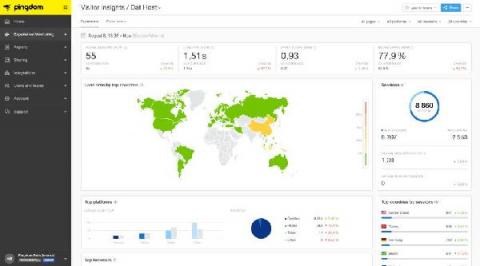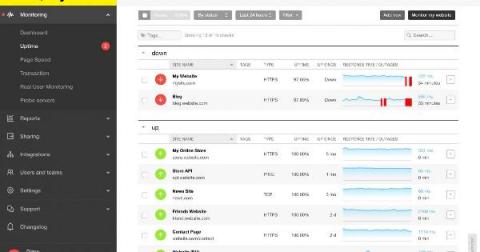Best Tips to Boost Your E-Commerce Website's User Experience
As we enter 2021, we’re seeing a renewed focus on user experience (UX). Whereas user experience was first limited to a UX designer, it encompasses so much more nowadays. User experience has become a business mentality, where everyone in a company can make a positive contribution to user experience. Some examples include the following: This article explores different tips to boost your e-commerce website’s user experience.










